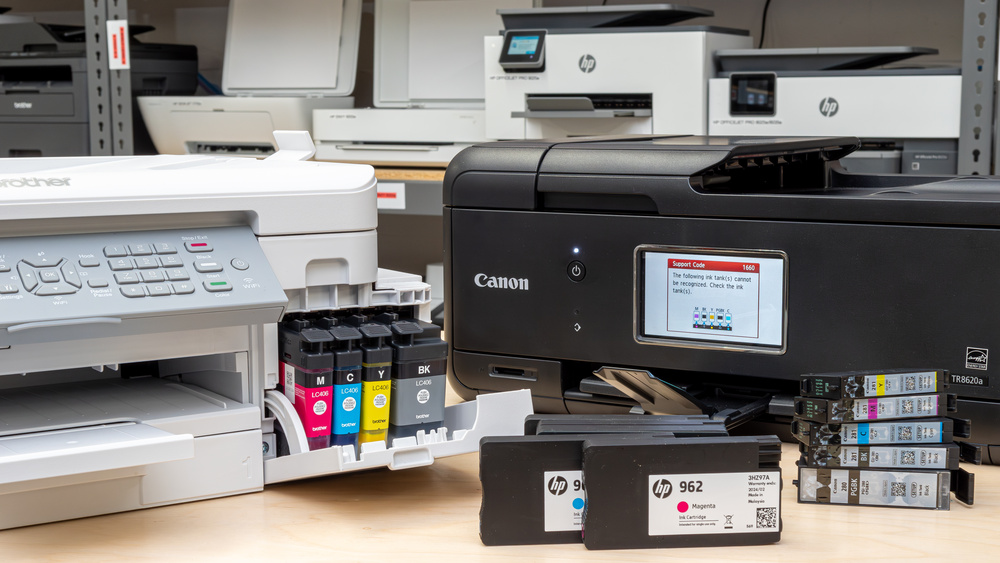Inkjet printers have become a staple in homes and offices around the world, revolutionizing the way we produce documents and images. These portable printers utilize innovative technology to create high-quality prints, making them a preferred choice for a variety of printing needs.
How Inkjet Printers Work
Inkjet printers operate by propelling droplets of ink onto paper to create text or images. This process involves several key components:
- Printhead: The printhead is the core component responsible for ejecting ink droplets onto the paper. Modern inkjet printers typically use one of two types of printheads:
- Thermal Printhead: This type of printhead heats the ink, causing it to expand and form a droplet that is propelled onto the paper.
- Piezoelectric Printhead: Instead of using heat, piezoelectric printheads rely on electric currents to cause tiny crystals to vibrate, ejecting ink droplets onto the paper.
- Ink Cartridges: Inkjet printers use one or more ink cartridges containing liquid ink. These cartridges are designed to be easily replaced when the ink runs low.
- Paper Feed Mechanism: This mechanism ensures that paper is fed correctly into the printer and moved through it during the printing process.
Advantages of Inkjet Printers
Inkjet printers offer several advantages over other types of printers, such as laser printers:
- High-Quality Prints: Inkjet printers are capable of producing high-resolution prints with vibrant colors and sharp details, making them ideal for printing photographs and images.
- Versatility: Inkjet printers can print on a variety of media, including glossy paper, labels, and even fabrics.
- Cost-Effective: Initial costs for inkjet printers are typically lower compared to laser printers, making them more accessible for home users and small businesses.
- Quiet Operation: Inkjet printers operate quietly compared to their laser counterparts, making them suitable for environments where noise is a concern.
Applications of Inkjet Printers
Inkjet printers are used in a wide range of applications, including:
- Home Printing: From printing documents to family photos, inkjet printers are commonly used in households for everyday printing needs.
- Photography: Professional photographers often use inkjet printers to produce high-quality prints of their work.
- Office Use: Inkjet printers are suitable for printing documents, reports, and presentations in office environments.
- Specialized Printing: Some inkjet printers are designed for specific purposes, such as printing on fabric or creating large-scale posters.
Innovations in Inkjet Printing
Inkjet printing technology continues to evolve, with ongoing innovations that improve print quality, speed, and efficiency. Recent advancements include:
- Improved Print Speeds: Newer models of inkjet printers can produce prints at speeds comparable to laser printers.
- Mobile and Wireless Printing: Many inkjet printers now support wireless printing from smartphones and tablets, enhancing their convenience and usability.
- Eco-Friendly Options: Manufacturers are developing eco-friendly ink cartridges and printers that reduce environmental impact.
- 3D Printing: Inkjet technology is also being adapted for 3D printing, offering new possibilities for manufacturing and prototyping.
Conclusion
Inkjet printers have transformed the world of printing by offering high-quality, versatile, and cost-effective solutions for home, office, and specialized printing needs. As technology continues to advance, inkjet printers are expected to remain a popular choice for users seeking reliable and efficient printing solutions.



